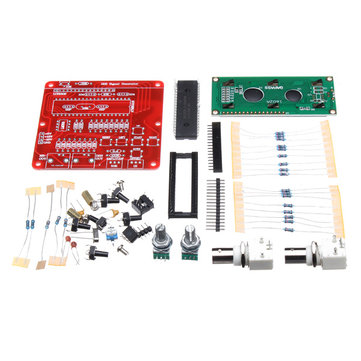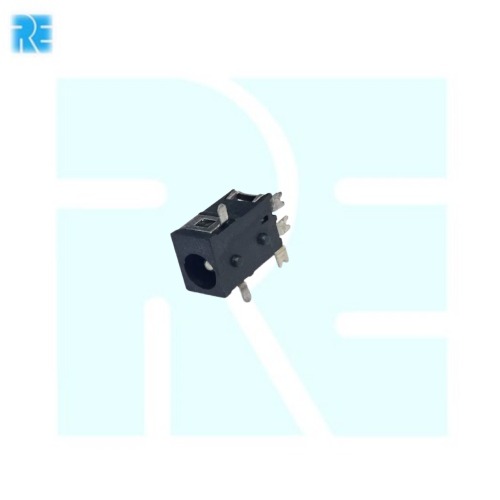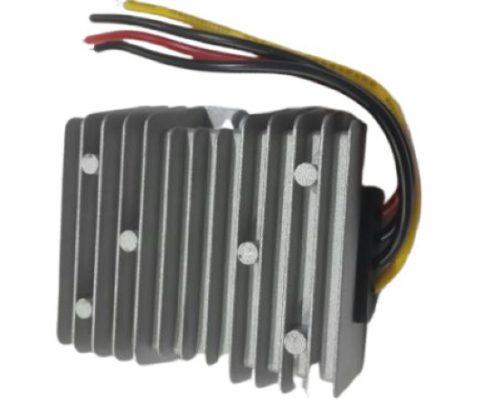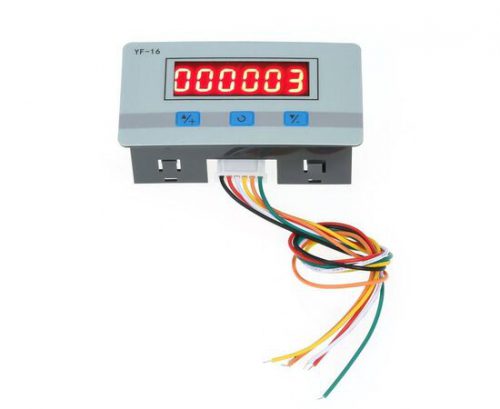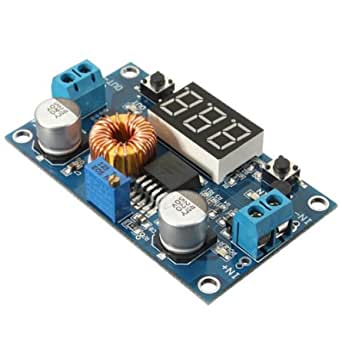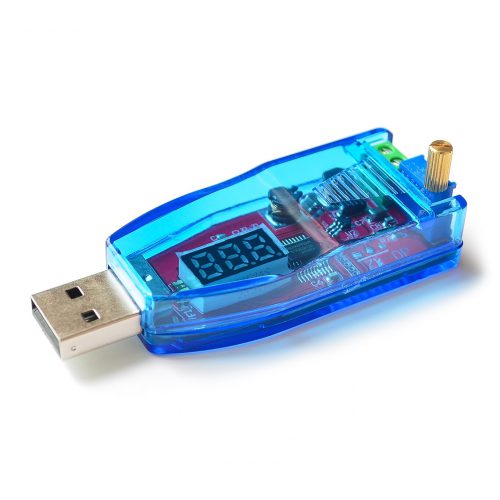-
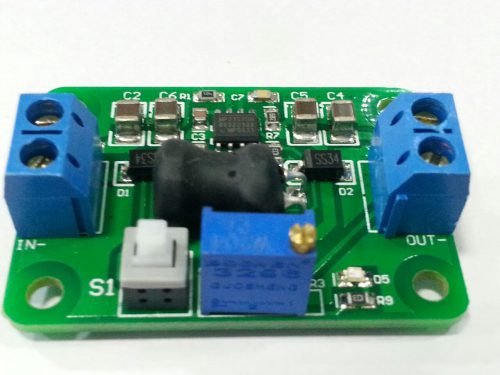
Specification Input voltage range: 5~24V; Output voltage range: 0.93V~18V Features DC-DC adjustable step-down module Application Various electronic products or DIY projects English Manual/Spec Yes Other Input voltage range: 5~24V; Output voltage range: 0.93~18V (buck mode, enter at least greater than the output 2V above); Output current: 2.5A; Output peak 4A continuous output; Switch: With soft-off feature; Shutdown current low microampere level; Size: 45mm x 32mm x 16mm; Technical description: Measured efficiency: 12V converts to 5V: 12V converts to 5V efficiency = (5V x 1.001A) / (12V x 0.431) = 96.7%; 18V converts to 12V: 18V to 12V Efficiency = (12.019V x 1.001A) / (18.01V x 0.679) = 98.38%



